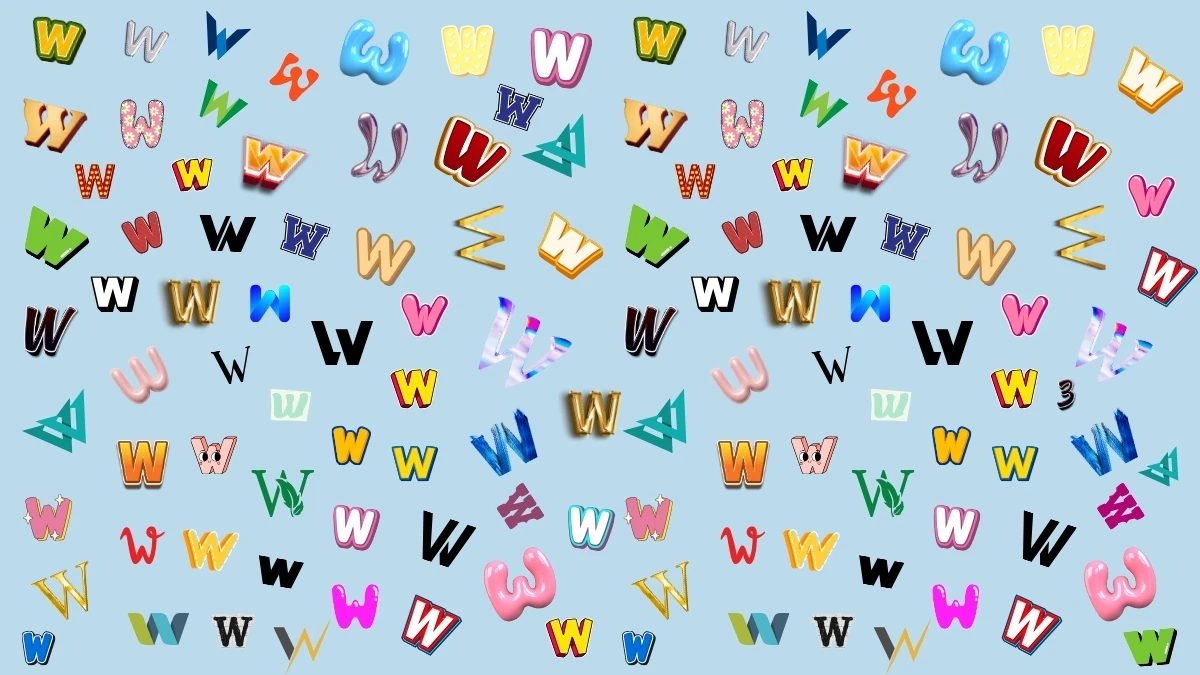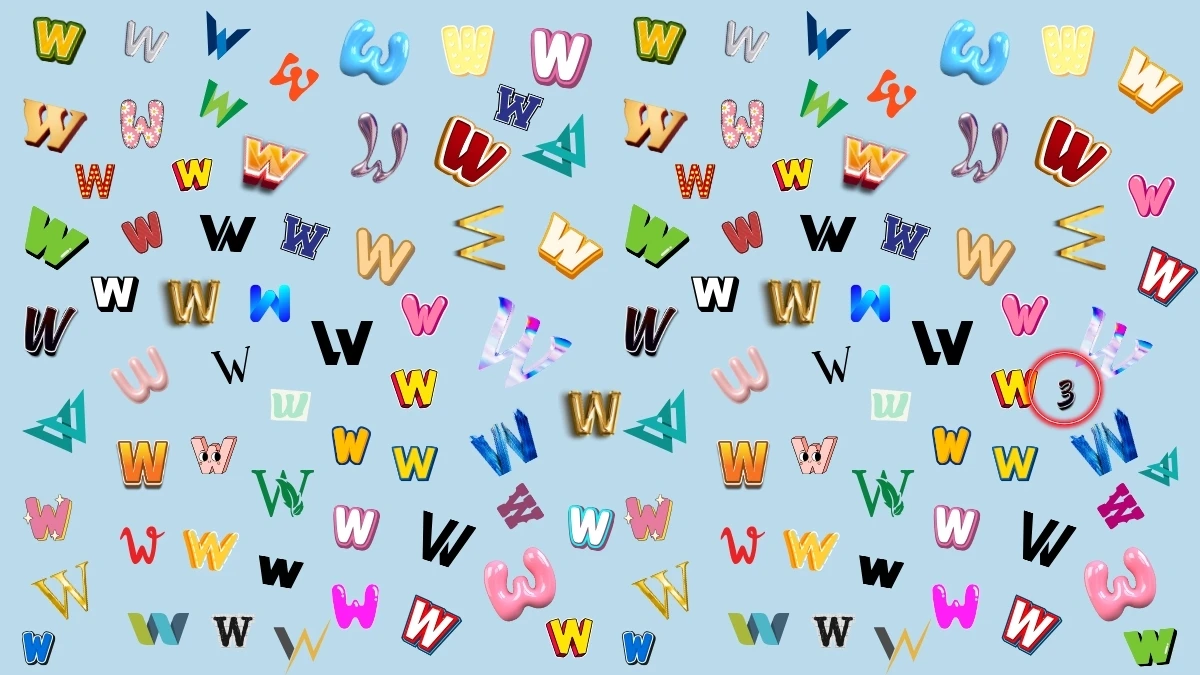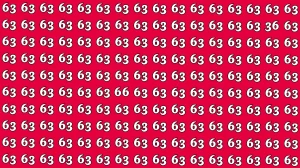Optical Illusion
An optical illusion is a visual phenomenon where the perception of an image or pattern differs from the actual reality. It occurs when the brain interprets an image in a way that contradicts its physical properties.
Optical illusions often play with light, color, perspective, and motion to create misleading or ambiguous visual experiences. For example, some illusions can make static images appear to move, or they can cause an object to appear in different colors or shapes depending on the surrounding context.
These illusions occur because the brain relies on certain assumptions and shortcuts to process visual information quickly, but sometimes these shortcuts lead to inaccurate interpretations. Optical illusions are not only fascinating as puzzles, but they also provide insight into how our brains process visual information and highlight the complexity of human perception.
Observation Find it Out: Within 7 Seconds Spot The Number 3 among W
In this visual challenge, the task is to spot the hidden number "3" among a collection of colorful and creatively designed letter "W"s. The background is light blue, and the "W"s come in a variety of colors, styles, and fonts, making it tricky to immediately notice anything different.
However, if you look carefully near the right-middle section of the image, you can spot a small, black "3" cleverly placed between the "W" designs. It blends subtly with the surrounding letters, almost camouflaging itself among them. This test plays on visual distraction and attention to detail, encouraging viewers to sharpen their focus and distinguish slight differences within a visually busy scene.

Observation Find it Out: Within 7 Seconds Spot The Number 3 among W
In this image filled with various colorful and creatively styled "W"s, the challenge was to quickly spot the hidden number "3" within just 7 seconds. At first glance, the design and vibrant colors of the "W"s make it hard to notice anything unusual.
However, if you look closely toward the right-middle side of the image, you can see a small black number "3" that stands out subtly among the letters. It is circled in red for clarity in the solution image.
The number "3" was cleverly placed to blend into the surroundings, testing your observation skills and ability to spot minor differences in a visually busy scene. This puzzle highlights how distractions and patterns can trick the eye, making even simple numbers harder to find at first glance.






